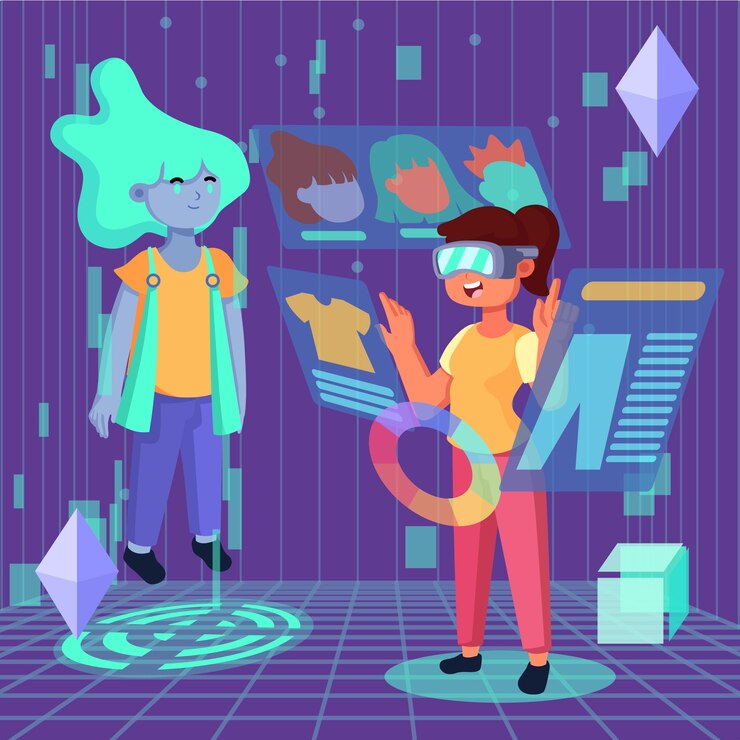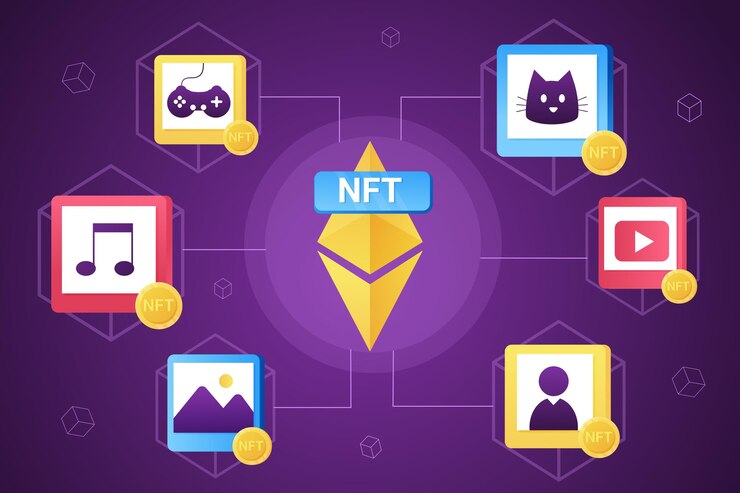Exploring the Future of NFTs in Digital Art
Non-fungible tokens (NFTs) have disrupted the world of digital art by offering a new way to buy, sell, and collect art. As the technology continues to evolve, NFTs are shaping the future of the art world in profound ways. Let’s explore what the future holds for NFTs in digital art.
1. Democratizing the Art Market
One of the most significant impacts of NFTs in digital art is the democratization of the art market. Traditionally, the art world has been dominated by galleries, auction houses, and a select group of collectors. NFTs break down these barriers by allowing artists to reach a global audience directly. With platforms like OpenSea and Rarible, artists can easily upload their digital creations and sell them as NFTs without the need for intermediaries. This opens up opportunities for emerging artists to showcase their work and gain recognition, making art more accessible to a broader audience.
2. New Forms of Creative Expression
NFTs are not just about selling static digital images—they are enabling new forms of creative expression. Artists are exploring interactive, dynamic NFTs that evolve over time or respond to external stimuli. These innovations allow for more immersive and engaging digital art experiences. For example, NFTs could feature soundscapes, animations, or even augmented reality elements that transform the way art is consumed and experienced.
3. Virtual Museums and Galleries
As the metaverse and virtual worlds continue to develop, NFTs will play a significant role in the creation of virtual museums and galleries. Artists and collectors will be able to display their NFT art in virtual spaces, where users can interact with the art in immersive ways. This will create new opportunities for digital art to be showcased, bought, and sold in virtual environments, expanding the reach and influence of NFT art.
4. Royalties and Ongoing Revenue Streams
One of the most exciting features of NFTs for digital artists is the ability to earn royalties on secondary sales. With traditional art, artists rarely receive compensation once their work is sold. However, with NFTs, artists can embed smart contracts that automatically pay them a percentage of each resale. This creates an ongoing revenue stream for artists, providing them with financial sustainability while incentivizing collectors to resell art in the marketplace.
5. The Future of Digital Collectibles
NFTs are transforming digital art into a collectible asset class. In the future, NFTs could become even more valuable as collectors seek to own rare or limited-edition digital art pieces. As digital art continues to gain recognition and cultural significance, NFTs will likely play an even more prominent role in the art world, reshaping the way we view and invest in art.
Conclusion
The future of NFTs in digital art is bright, offering new opportunities for artists, collectors, and the broader art market. By democratizing the art world, enabling new forms of creativity, and providing artists with ongoing revenue streams, NFTs are reshaping the way digital art is created, bought, and sold. As the technology continues to evolve, NFTs will likely continue to push the boundaries of what is possible in the world of digital art.




